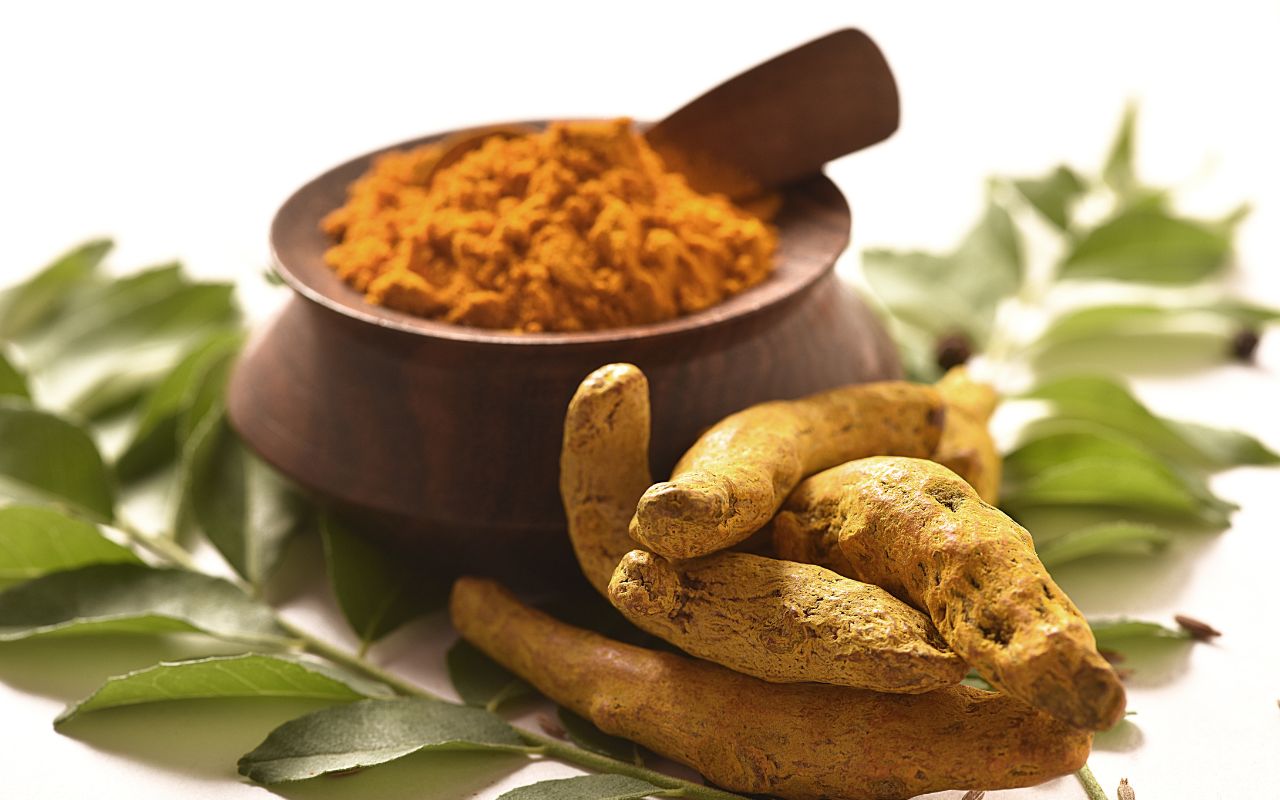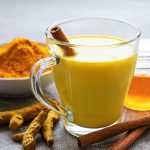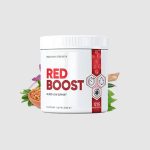Joint pain, often associated with conditions such as arthritis, can be debilitating and significantly impact the quality of life. As conventional treatments sometimes provide limited relief or come with unpleasant side effects, many individuals turn to alternative remedies. Among these, copper bracelets and turmeric have garnered considerable attention. This article delves into the scientific evidence behind these remedies, thoroughly exploring their potential benefits and limitations.
Copper bracelets have a long history of medicinal use, dating back to ancient civilizations. Physicians in the late 1800s began utilizing copper to treat arthritis, a practice that has persisted in various forms. Copper is an essential mineral, playing a critical role in forming red blood cells, absorbing iron, and maintaining the health of several bodily systems, including the nervous, immune, cardiovascular, and skeletal systems. The underlying belief in using copper bracelets as a remedy for arthritis stems from the assumption that copper possesses anti-inflammatory properties that could help reduce joint pain and stiffness.
However, despite the historical and anecdotal evidence, scientific research has not fully substantiated the effectiveness of copper bracelets for arthritis. While some individuals claim substantial relief from wearing copper bracelets, others report no significant benefits. The disparity in these experiences suggests that while copper bracelets might offer some placebo effect or individual-specific benefits, they should not be considered a universal solution for arthritis symptoms. Furthermore, some users may experience skin irritation or discoloration from continuous use, indicating that copper bracelets might not suit everyone. As with any treatment, it is vital to consult with healthcare professionals before starting any new regimen, especially considering that copper bracelets should not replace conventional medical treatment.
Turmeric, another widely discussed alternative remedy, has been utilized for thousands of years in Ayurvedic and Chinese medicine. Derived from the root of the Curcuma longa plant, turmeric is a staple in Southeast Asian cuisine and is responsible for the vibrant yellow color of many curries. The primary active compound in turmeric, curcumin, has been the focus of numerous studies due to its potent anti-inflammatory and antioxidant properties. Curcumin is believed to lower levels of certain enzymes in the body that cause inflammation and prevent platelets from clumping, thus potentially reducing the risk of blood clots.
The interest in turmeric as a treatment for arthritis is mainly due to its anti-inflammatory properties, which could theoretically help mitigate joint pain associated with osteoarthritis and rheumatoid arthritis. Several studies have suggested that curcumin supplements may help reduce arthritis symptoms, offering a natural alternative to nonsteroidal anti-inflammatory drugs (NSAIDs) that often come with adverse side effects. For instance, an article on Medical News Today highlights ways to incorporate turmeric into your diet through various recipes, suggesting that the spice might be beneficial when paired with other anti-inflammatory foods.
Despite promising findings, the efficacy of turmeric for arthritis is still a topic of ongoing debate. One of the primary challenges is curcumin's bioavailability; it is poorly absorbed into the bloodstream, which means that large doses would be necessary to achieve therapeutic effects. Some studies have explored methods to enhance curcumin absorption, such as combining it with piperine, a compound found in black pepper, which can increase curcumin absorption by up to 2,000%. Additionally, some research has examined the effects of injectable forms of curcumin, though these are not widely available or practical for everyday use.
Another key consideration is the potential for turmeric to cause gastrointestinal upset or interact with other medications. For example, individuals taking anticoagulants or undergoing chemotherapy should exercise caution, as turmeric supplements might exacerbate their conditions. The Mayo Clinic advises discussing turmeric use with healthcare providers to ensure it complements existing treatment plans safely.
Furthermore, there is concern about the quality and purity of turmeric supplements available on the market. The increasing popularity of turmeric has led to cases of contamination and adulteration, with some products containing toxic additives. Ensuring that supplements are sourced from reputable manufacturers and tested for purity and potency is crucial for safe consumption. The Arthritis Foundation also emphasizes that while curcumin might have potential benefits, the curcumin in turmeric is relatively low, making it challenging to achieve significant anti-inflammatory effects through dietary consumption alone.
In conclusion, while alternative remedies such as copper bracelets and turmeric have shown potential benefits in alleviating joint pain, scientific evidence does not universally support their efficacy. Copper bracelets may offer some relief for certain individuals but are unlikely to be a comprehensive solution for arthritis symptoms. Similarly, turmeric and its active compound curcumin hold promise as anti-inflammatory agents but face challenges regarding bioavailability and consistency in results. It is essential for individuals considering these alternative remedies to consult with healthcare professionals to ensure they are used safely and effectively alongside conventional treatments. As research continues, more definitive conclusions about the efficacy of these and other alternative remedies may become available, providing clearer guidance for those seeking relief from joint pain.









